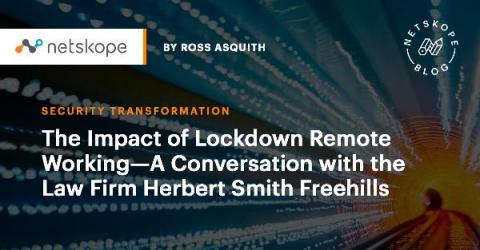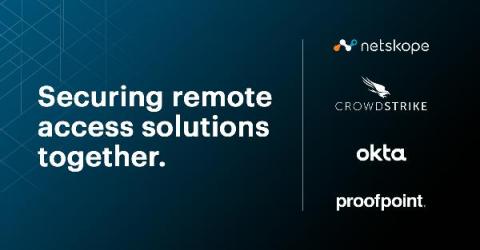Meeting the Challenges of Remote Work with Chrome OS Policy Settings - Part II
Welcome to the second part of this two-part blog series for administrators who are new to the Chromebook enterprise system. In the previous blog, we discussed settings that are applicable to users and applications. In this blog, we will further explore the Chrome enterprise admin panel as we look into settings that pertain to privacy and physical devices. Device Settings Device settings apply to the physical Chromebook device. They are enforced no matter which user is logged in.






